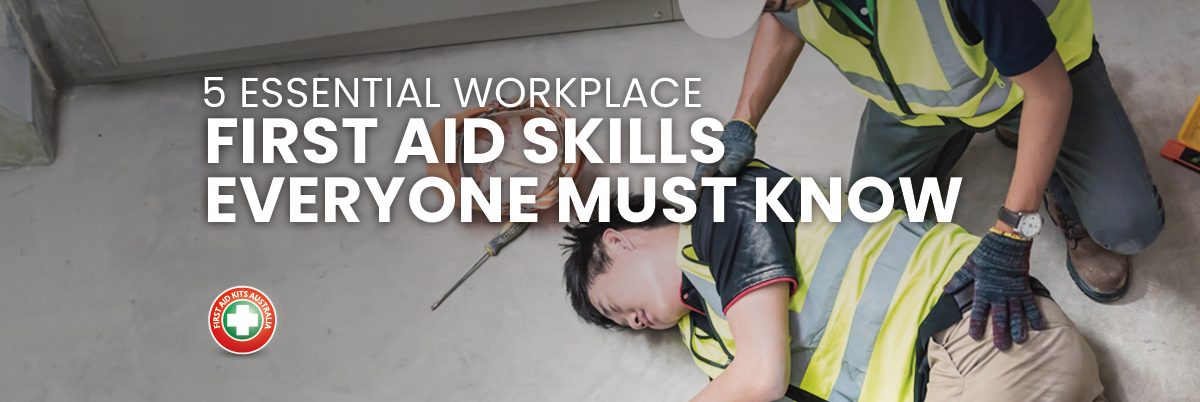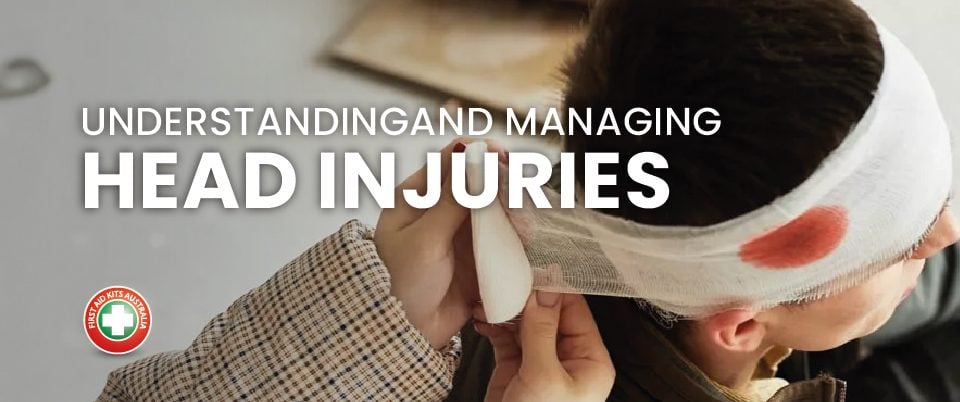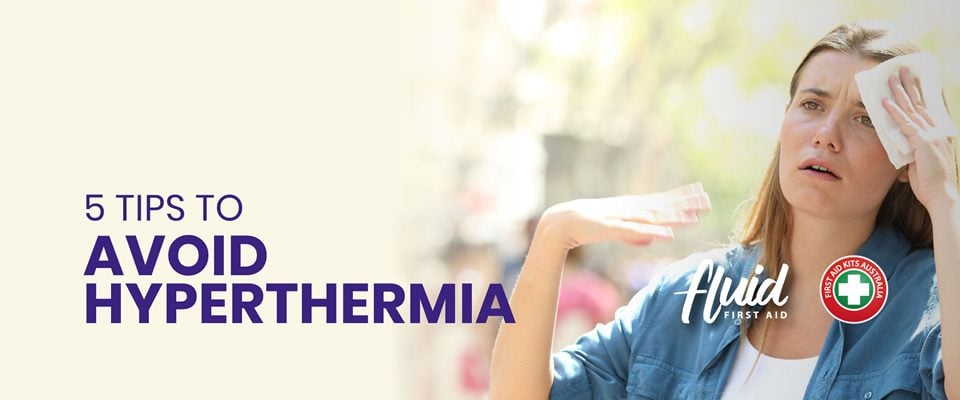
The Crucial Role of a Workplace First Aid Kits and Trained First Aiders
19 October 2023
Automatic External Defibrillators: a powerful tool to save lives
7 March 2024Here’s our top 5 list of first aid skills that you and your colleagues should be confident to perform.
Dialling “zero, zero, zero” might seem like a no-brainer, yet, in the heat of an emergency communicating critical information can be overwhelming. Once you are connected to emergency services, give your location, details about the casualty and the best entry point for an ambulance at the premises as accurately as possible. On that note, make sure to train your staff so everyone knows the best entry points for each area of the property.
We recommend downloading our Free First Aid App With offline and online functionality, you can access important first aid help anywhere, anytime. Simple, step-by-step instructions are easy to follow with a click to call emergency services.
In emergencies, the instinct to leap into action is natural, but the priority is to ensure we don’t add to the casualty list by responders getting hurt. Assess risk to prevent additional injuries. Eliminate dangers to yourself, others (non-injured) and the injured, in that order. Never proceed until it’s safe to do so and use appropriate personal protective equipment like disposable gloves, to safeguard against potential risks.
Cardiopulmonary resuscitation (CPR) in the workplace is a team effort. While comprehensive CPR training is beneficial, understanding the basics of hands-only CPR can make a substantial difference. You can learn the basics and relieve other rescuers at the scene by watching Fluid First Aid’s award-winning video here. It offers an accessible introduction, enabling you to support or relieve fellow responders effectively.
This life-saving technique is essential knowledge for individuals aged six and up. The Recovery Roll ensures an unresponsive person’s airway remains clear by positioning them on their side. This maneuver prevents obstruction from the tongue or stomach contents. Discover the correct method to protect the individual’s neck and spine by watching our instructional video. Watch this demonstration video
Equally as important to protecting someone’s airway is controlling blood loss as it delivers oxygen to our brain, organs, and tissues. If blood is flowing freely from a wound, padded pressure should be applied ASAP and held until a firm pressure bandage can be applied. Always use gloves or have the casualty apply pressure themselves. If they appear pale, cold, and clammy, call 000 for an ambulance.
Do yourself, your colleagues, and your friends a favor and share these must-know tips with them today!





